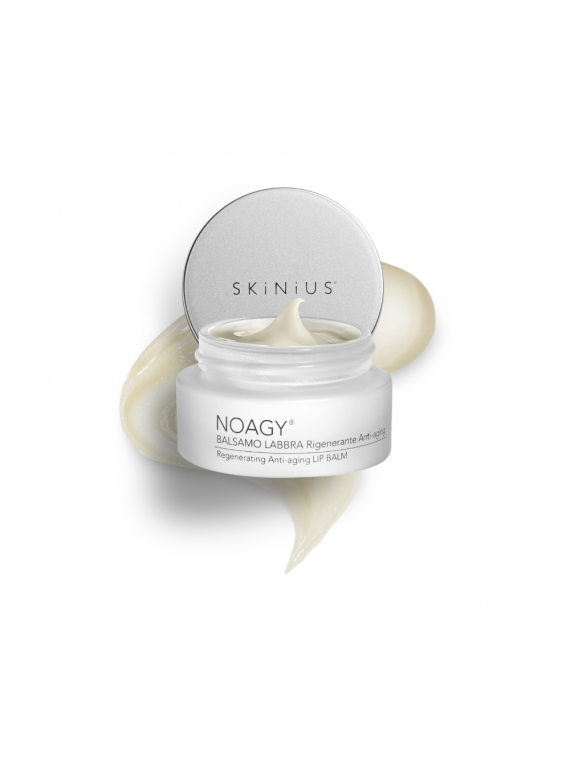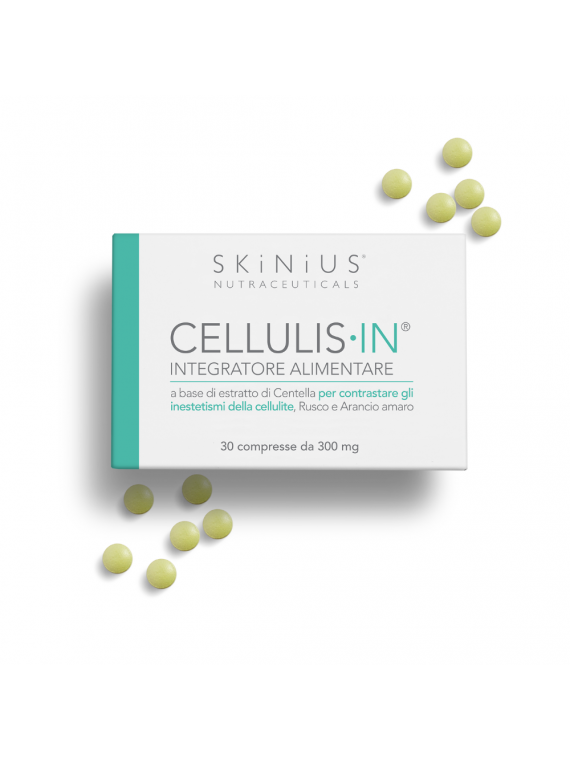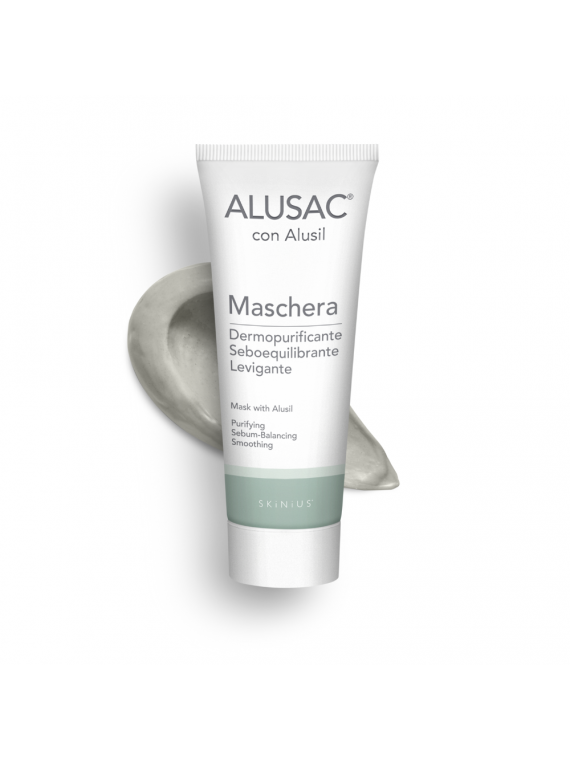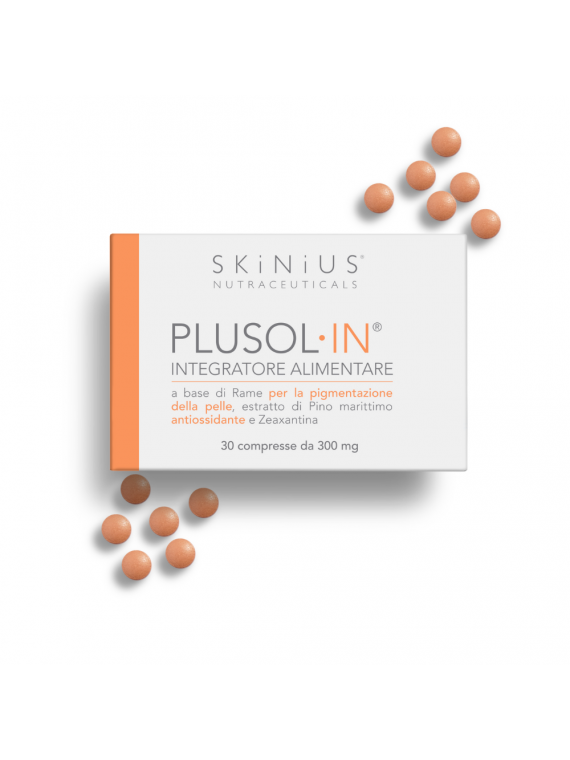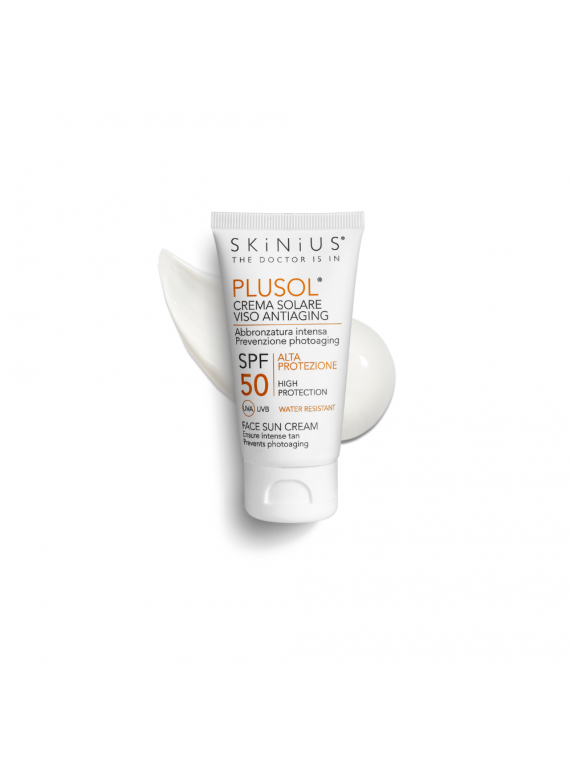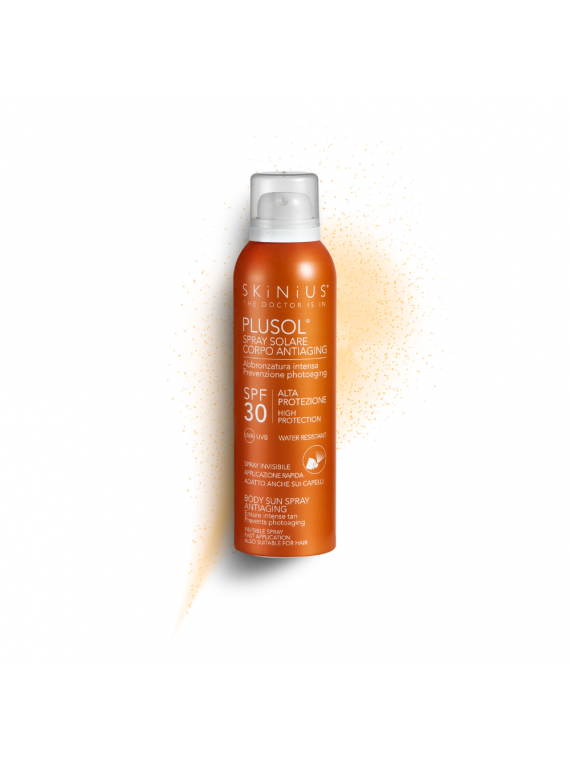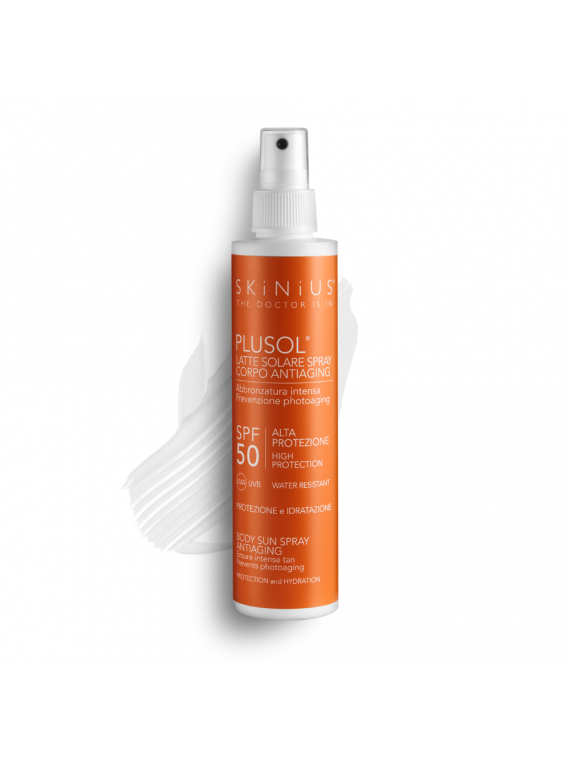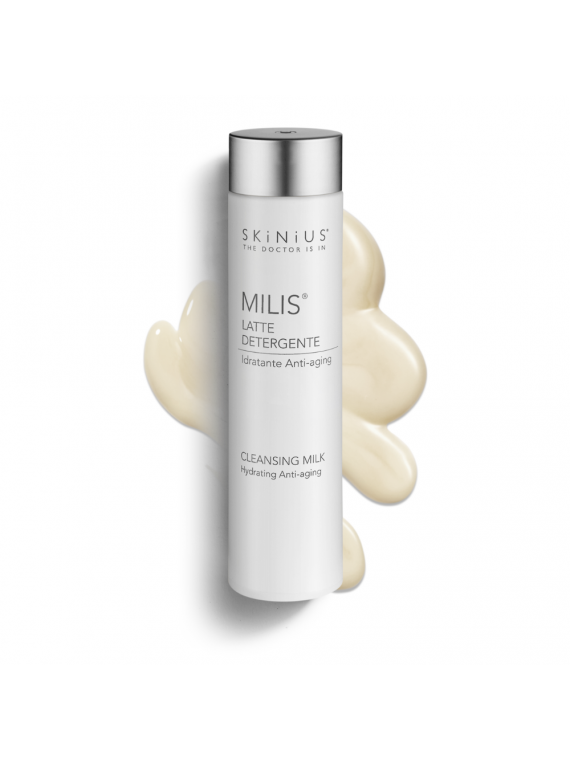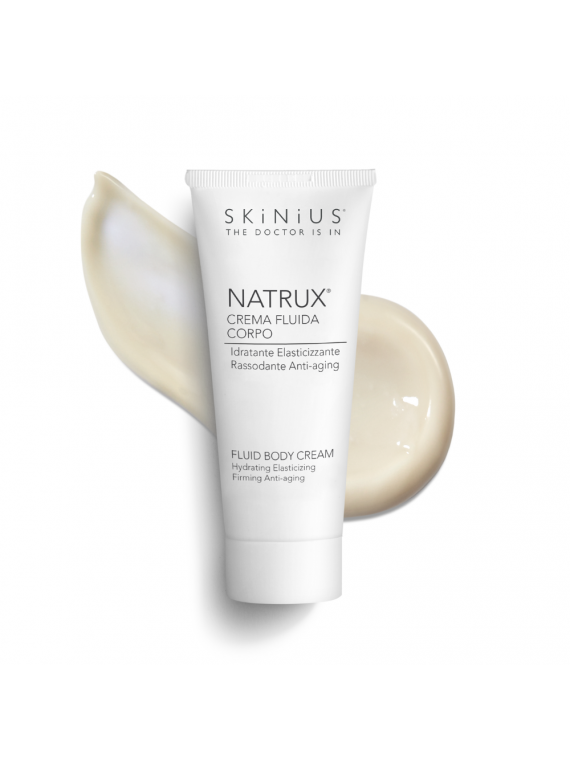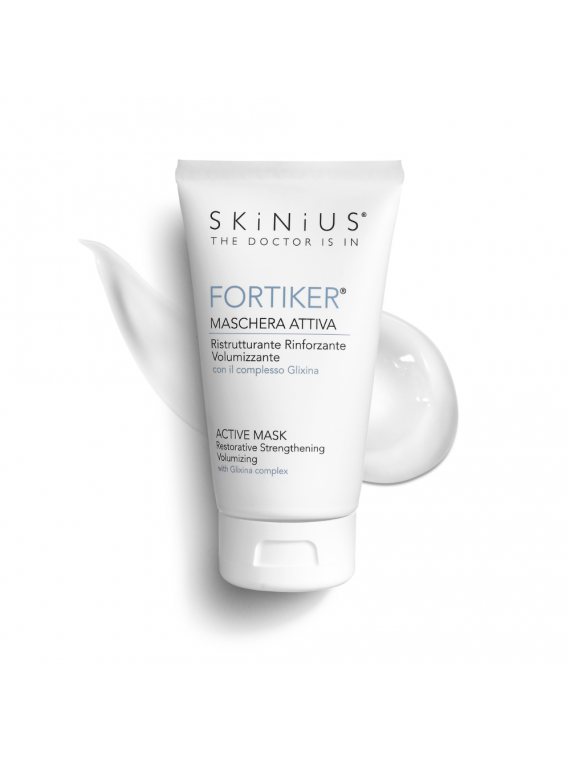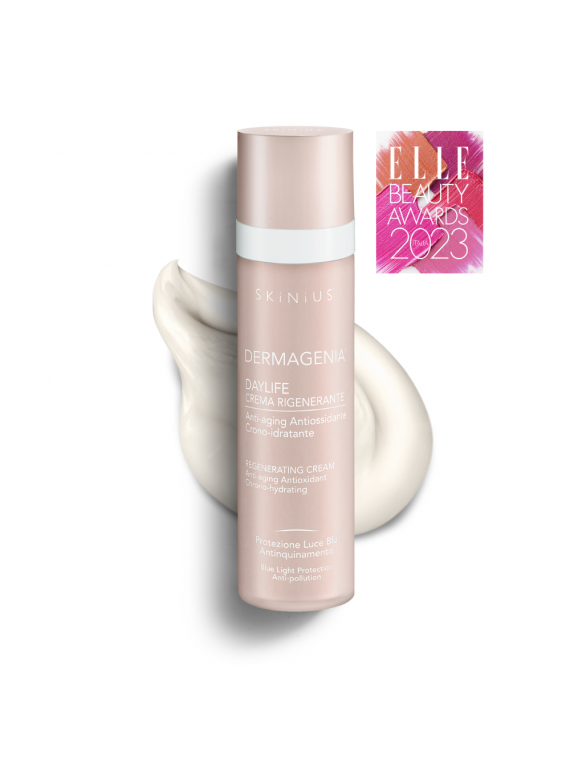Our service
Scroll to view others keyboard_arrow_right
About us
SKINIUS is the 100% made in Italy dermatological brand born from the sensibility of soul (and skin!) Of the biologist Dr. Mariagrazia Boniardi thanks to her solid experience as a researcher. The company was founded in 2008 to meet the needs of sensitive skin in search of high-performance anti-aging formulations. SKINIUS lines are characterized by unique and exclusive complexes, such as the famous Fospidine for skin, Plusolin for photoprotection and Glixin for hair. Quality, scientific rigor and passion for dermatology are the secret of the success of a brand that makes the #cellulefelici its mission.
Read more
100% MADE IN ITALY

EXCLUSIVE SCIENTIFIC COMPLEXES



 Italiano
Italiano
 English
English




